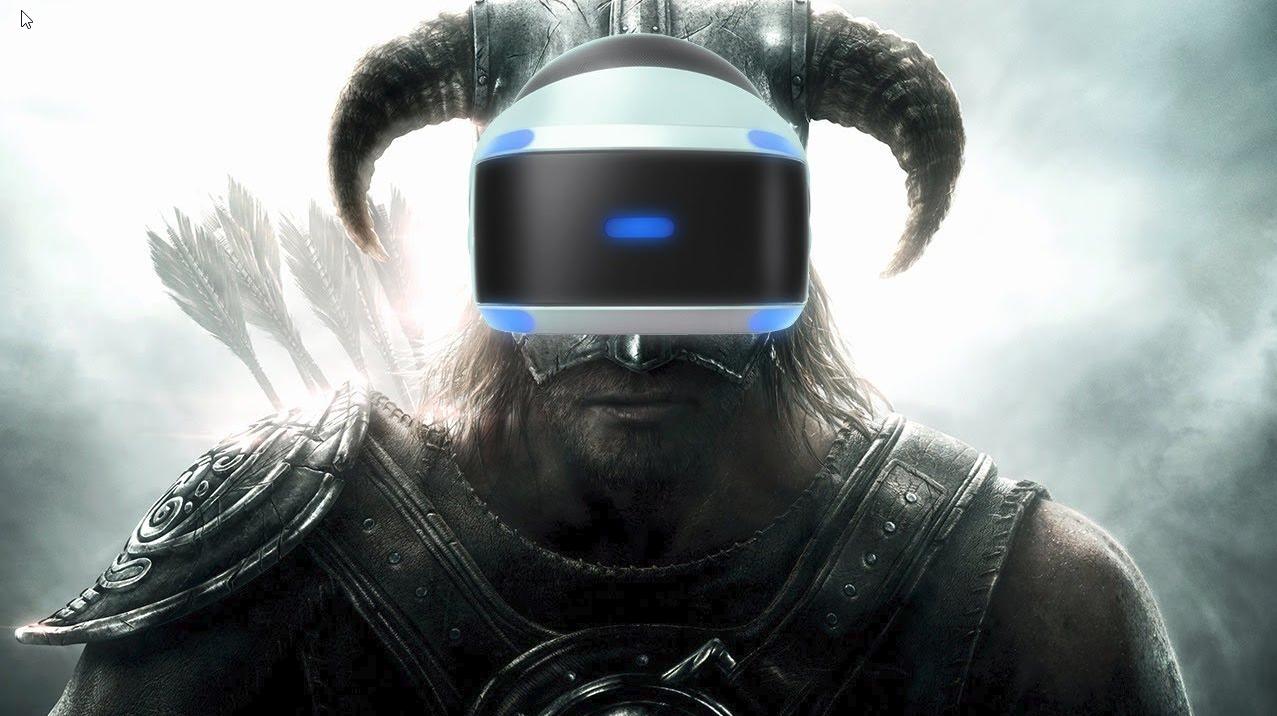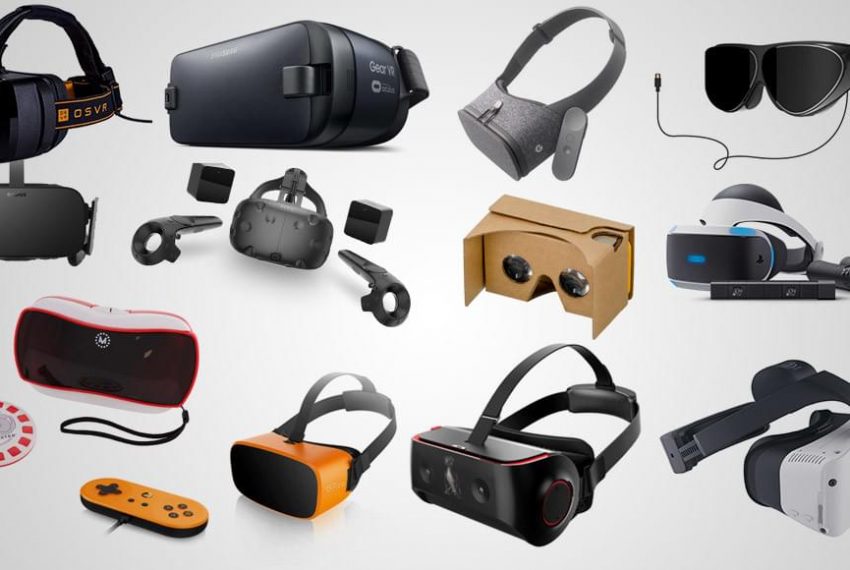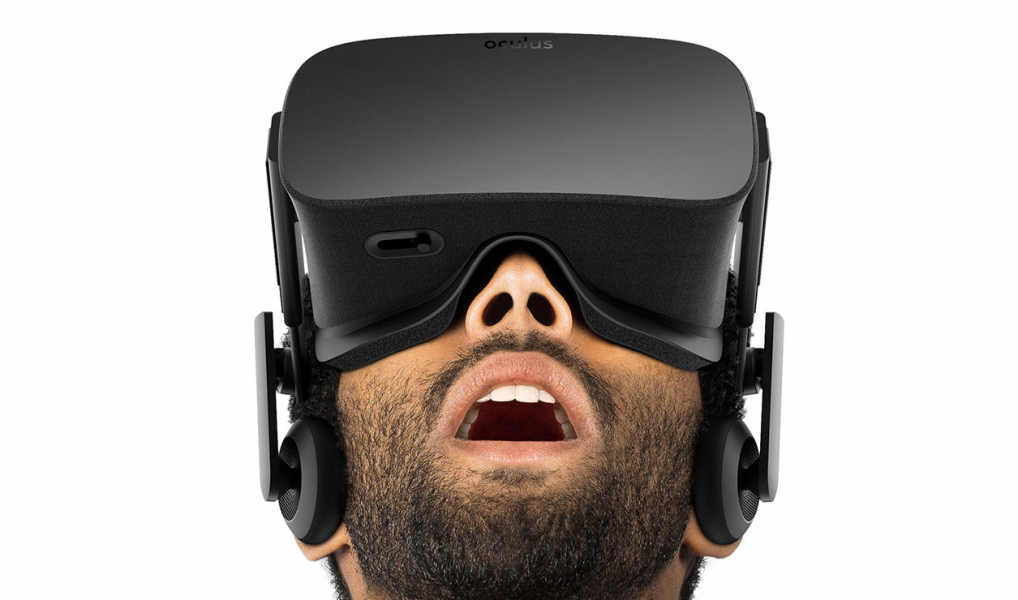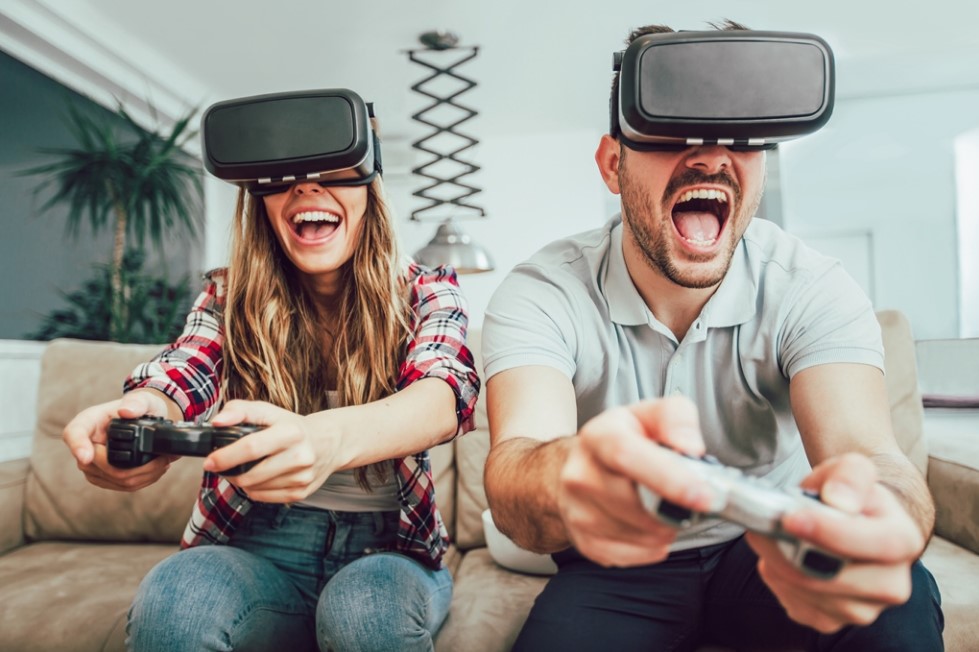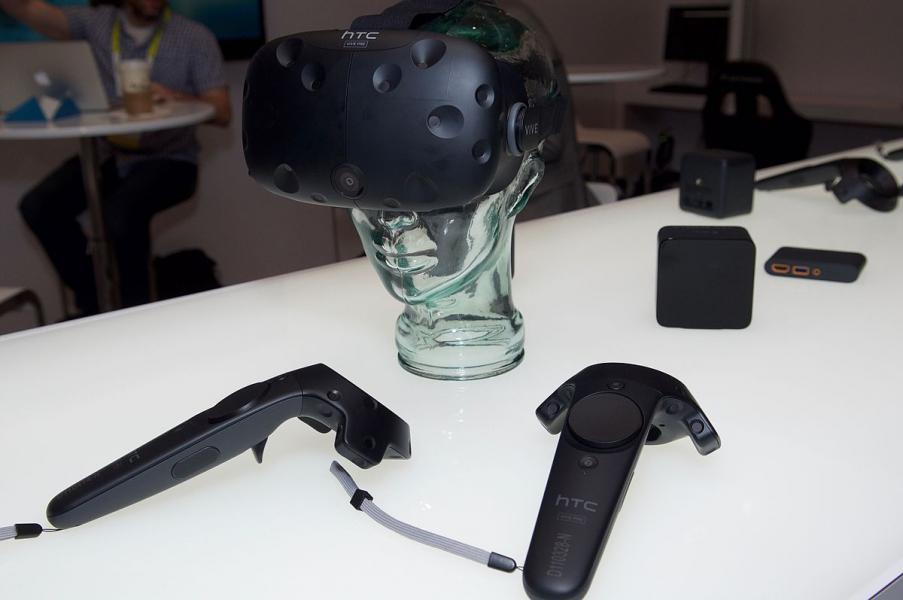
5 Things VR Needs To Become Mainstream
With all the hype surrounding the HTC VIVE, Oculus Rift, PlayStation VR, Google Daydream, and the myriad of other platforms you’d be forgiven for thinking that VR is a common fixture in most American households. The most recent data estimates that only 2-3 percent of the US population has some type of VR system. While that number is expected to rapidly grow, statisticians still believe it could take about a decade to reach mainstream status. Here are the things that will get it there.
5. Price
Until this year VR was divided into two classes: high end systems that are driven by powerful gaming PCs and low cost systems that rely on smartphones being inserted into headset shells for their displays and sensors. The HTC VIVE and Oculus Rift fell into that high end category when they were first released while Samsung promoted their Gear VR headset as a value-added low cost accessory for their line of Galaxy smartphones. Until this year there was no middle ground.
When the VIVE was first released it was 799 dollars and required a gaming PC with a high end graphics card. Purchasing the VIVE and either buying or building the requisite PC together cost anywhere from around 1600 dollars for the bare minimum specs or about 2500 for a rig that would withstand the most demanding experiences. The Oculus Rift wasn’t too far off. It launched at a 599 dollar price point and required a similar PC. However, it didn’t come with the VR controllers so it really was about the same price for somewhat comparable equipment. The Gear VR headset was introduced with a 99 dollar price tag, but required a phone that cost around 700 dollars to work.
In order for VR to really take off, there has to be a middle ground with quality and price. The first generation of stand-alone headsets could potentially take the market down that path towards mainstream status. Oculus plans on releasing the Go headset this year and Santa Cruz in the next year or so. Go will cost 199 dollars at launch but will lack positional tracking. That’s not a bad thing though. This could be a good entry-level VR headset for those who don’t want to shell out for expensive hardware needed to power a VR headset. Santa Cruz, when it launches, will be stand-alone and will have full positional tracking. Other companies are racing to fill that middle ground space as well.
4. Realism
When reviewers tried on the HTC VIVE Pro, the highest image-quality consumer VR system made to date, they noticed something interesting. While the graphics were regarded as insanely good, the fact remains that they are not photorealistic yet. Increasing the resolution of the VIVE Pro actually heightened the reviewers awareness of that fact.
VR is still in its infancy. With specs and underlying technologies rapidly progressing, there may be a decent amount of gamers who are holding off on purchasing a system until they reach a level of realism that won’t disappoint them or drive them to buy a new headset every year that a slightly better one comes out. NVIDIA’ head of VR strategy, Jason Paul, once told a journalist it will take roughly 20 years for GPUs to have the ability to output resolutions that match what the human eye can see. Other companies are working with completely new technologies to mimic how the eye perceives light reflecting off of objects to achieve this realism, but those “light field displays” are years away from being ready for consumers.
3. High Quality Content
A great platform is useless without killer apps or amazing content and developers have little incentive to make that content unless those platforms are in enough hands to make the content profitable. This is a common issue with any new system. Smartphone vendors who go their own path away from the industry find themselves in the same position.
We are lucky that there are enough great games in the Steam VR store, Oculus store, and the HTC Viveport store, to make owning a system worthwhile. HTC, Valve, and Oculus spent a good deal of money securing content from developers while some other game companies just took a chance and hoped for the best. VR gamers started seeing AAA titles like Fallout 4 VR and Doom VFR and that gave the community hope. Some indie developers managed to make high quality games as well, such as Onward from Downpour Interactive.
To justify spending the money on an expensive system there has to be more growth in the number of great VR games. Most games are still designed for 2D gaming and just porting them to VR without making them VR from the ground up can degrade the experience. Other than games, there has to be other entertainment, educational, and productivity apps to make a VR system even more economical.
2. Multiplayer and Social
Imagine inviting your friends over to play games and after they arrive you bring them to your gaming room only to proceed to put on your headset and shoot zombies for a while. Your friends are going to get awfully bored after a while. Sure you can take turns, but it’s not the same as inviting them over and playing traditional multiplayer games and taking turns with traditional controllers. Those systems aren’t isolating like VR is.
VR needs to become a social platform to attract and retain users. The next wave of social media will most likely be in virtual worlds that allow for interactivity. As stand-alone VR headsets become common, they will be easy for a group of friends to each bring their kit over to one person’s house for group fun.
Social media right now is limited because it is mainly comprised of people giving “updates” about their mundane lives while posting memes and other stuff they find online. The next generation of social media will hopefully allow for remarkable shared experiences that keep people engaged.
1. The User Interface
Every major breakthrough in modern technology that led to rapid consumer adoption coincided with a breakthrough in the user interface. This correlation started with the first home computers that had a GUI (graphical user interface) instead of a command prompt. Throughout the decades that trend continued with MP3 players, smartphones, tablets, smartwatches, and other devices. VR needs the same UI breakthrough every other device category experienced.
Developers right now are experimenting with various types of in-game locomotion. Some use teleportation while others rely on buttons to move and then normal walking after they get to a point where the play area can be confined. Other companies are trying various types of treadmill systems to simulate walking long distances while remaining in the same physical spot.
Other UI problems that need a solution are file systems and how they can be represented in VR, inputting text into apps, and redesigning productivity apps to be natural to use in a 3D space. It is hard to predict what those breakthroughs will look like, but rest assured there are many companies racing to be the first to offer the best and most friendly UI that meets these challenges.



